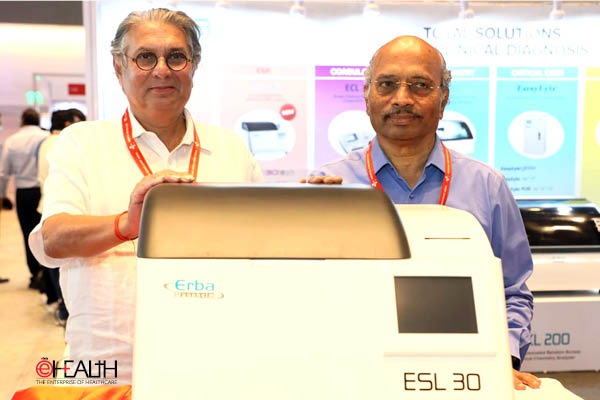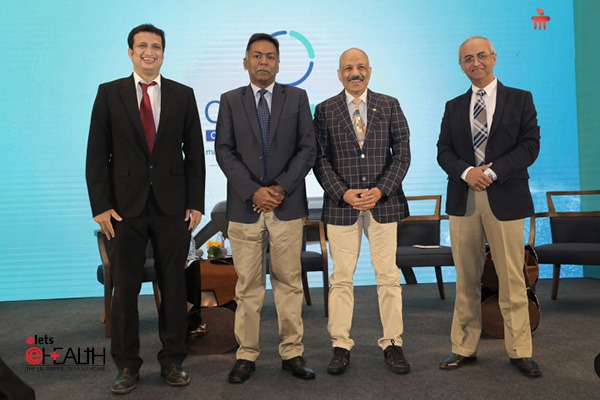
 Taking heat detection to a new level of sensitivity and speed, a team of scientists at GE Global Research, the technology development arm for the General Electric Company, announced new bio-inspired nanostructured systems that could outperform thermal imaging devices available today. This discovery adds to a growing list of new capabilities that GE researchers have developed through their studies of Morpho butterfly wings.
Taking heat detection to a new level of sensitivity and speed, a team of scientists at GE Global Research, the technology development arm for the General Electric Company, announced new bio-inspired nanostructured systems that could outperform thermal imaging devices available today. This discovery adds to a growing list of new capabilities that GE researchers have developed through their studies of Morpho butterfly wings.
GE scientists are exploring many potential thermal imaging and sensing applications with their new detection concept such as medical diagnostics, surveillance, non-destructive inspection and others, where visual heat maps of imaged areas serve as a valuable condition indicator. Some examples include advanced thermal vision – to see things at night and during the day in much greater detail than what is possible today.
The iridescence of Morpho butterflies has inspired our team for yet another technological opportunity. This time we see the potential to develop the next generation of thermal imaging sensors that deliver higher sensitivity and faster response times in a more simplified, cost-effective design, said Dr. Radislav Potyrailo, Principal Scientist at GE Global Research who leads GEs bio-inspired photonics programs. This new class of thermal imaging sensors promises significant improvements over existing detectors in their image quality, speed, sensitivity, size, power requirements, and cost.

Thermal imaging is utilised in a variety of industrial, medical and military applications today, ranging from the non-invasive inspection of industrial components and medical diagnostics to military applications such as thermal vision goggles and others. GEs new bio-inspired nanostructured system could enable an even broader application of thermal imaging by improving the manufacturability, image resolution, sensitivity, and response time of new systems. These advances would enable the production of more advanced systems at much lower cost.
Dr Potyrailo assembled a research team that studied the origin and details of thermal response of Morpho butterfly wing scales. The team included Professor Helen Ghiradella from the Department of Biological Sciences, University at Albany; and Andrew Pris, Yogen Utturkar, Cheryl Surman, William Morris, Alexey Vert, Sergiy Zalyubovskiy, and Tao Deng from GE Global Research.
This discovery is a result of extensive studies conducted at GE Global Research on the technological applications of photonic properties of Morpho butterfly wing scales led by Dr. Potyrailo. Dr. Potyrailo noted that his multi-organization teams are also working on the fabrication of photonic nanostructures inspired by Morpho butterfly wing scales for highly selective vapor sensing applications, with commercial applications that could reach the market within the next five years.

Be a part of Elets Collaborative Initiatives. Join Us for Upcoming Events and explore business opportunities. Like us on Facebook , connect with us on LinkedIn and follow us on Twitter , Instagram.












